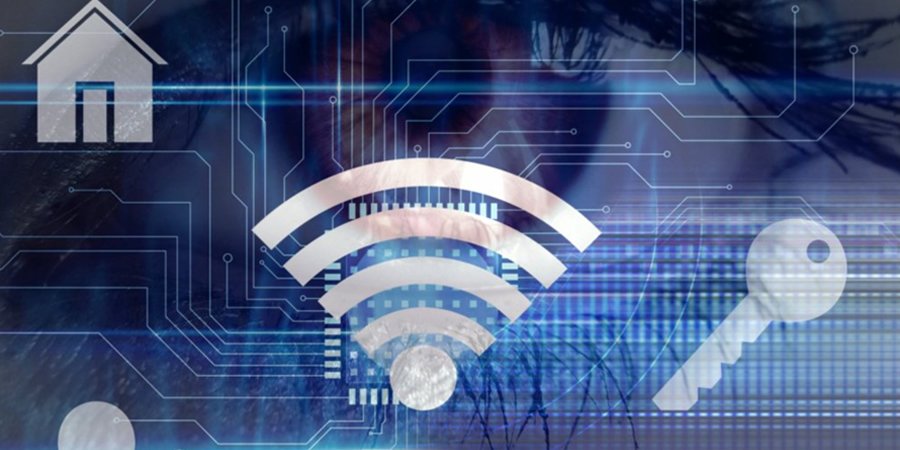Telecommunications Security
In an era where connectivity drives both personal and professional activities, telecommunications security has become a critical concern. As networks expand and technologies evolve, the risk of cyber threats targeting telecommunications infrastructure has never been greater. To safeguard these vital systems, it’s essential to implement robust security measures and stay informed about emerging threats and best practices.
Understanding Cyber Threats in Telecommunications
Telecommunications networks are prime targets for cybercriminals due to their extensive reach and the sensitive data they handle. Common cyber threats include:
- DDoS Attacks: Distributed Denial of Service (DDoS) attacks overwhelm network resources, causing service disruptions.
- Phishing and Spear Phishing: These attacks trick individuals into revealing confidential information or credentials.
- Malware: Malicious software can infiltrate networks, leading to data breaches or system damage.
- Man-in-the-Middle Attacks: Attackers intercept and manipulate communications between users and network services.
Best Practices for Securing Telecommunications Networks
To effectively protect telecommunications networks from cyber threats, consider implementing the following best practices:

1. Network Segmentation
Segmenting networks into smaller, isolated sections can limit the spread of malware and reduce the impact of a security breach. This practice also helps in monitoring and controlling traffic more efficiently.
2. Regular Software Updates
Keeping software and firmware up to date is crucial for patching vulnerabilities that could be exploited by attackers. Implement automated updates where possible to ensure timely protection.
3. Robust Encryption
Encrypting data both in transit and at rest ensures that even if intercepted, the information remains unreadable to unauthorized parties. Implement strong encryption protocols for sensitive communications.
4. Multi-Factor Authentication (MFA)
Enhancing access controls with MFA adds an extra layer of security, making it more difficult for unauthorized users to gain access to network resources.
5. Security Monitoring and Incident Response
Implementing comprehensive security monitoring tools helps detect and respond to threats in real-time. Establishing a well-defined incident response plan ensures swift and effective action in case of a security breach.
Emerging Technologies and Trends in Telecommunications Security
Staying ahead of evolving cyber threats requires leveraging new technologies and trends in telecommunications security:
1. Artificial Intelligence (AI) and Machine Learning
AI and machine learning algorithms can analyze vast amounts of network data to identify anomalies and potential threats more accurately than traditional methods.
2. Zero Trust Architecture
The Zero Trust model assumes that threats could be present both inside and outside the network. It enforces strict access controls and continuous verification of users and devices.
3. 5G Security
With the rollout of 5G networks, ensuring the security of these next-generation systems is vital. Enhanced encryption, network slicing, and secure authentication are key components of 5G security.
Conclusion
Telecommunications security is a dynamic and ongoing challenge, but with the right strategies and technologies, organizations can significantly reduce their vulnerability to cyber threats. By understanding the nature of these threats and implementing best practices, you can protect your network infrastructure and ensure a secure and reliable communications environment.



